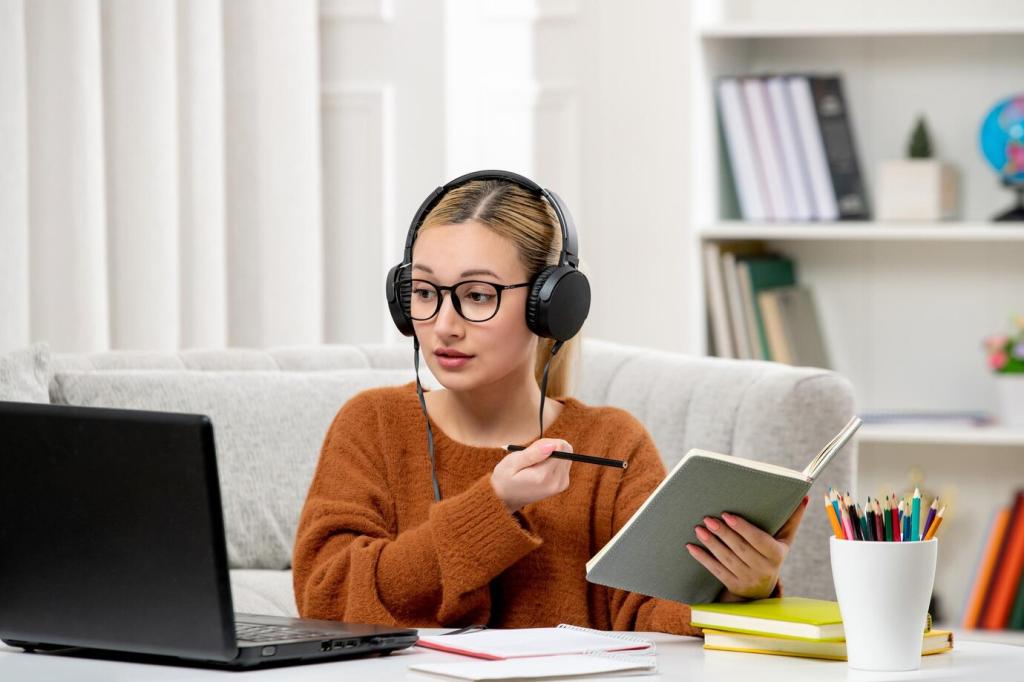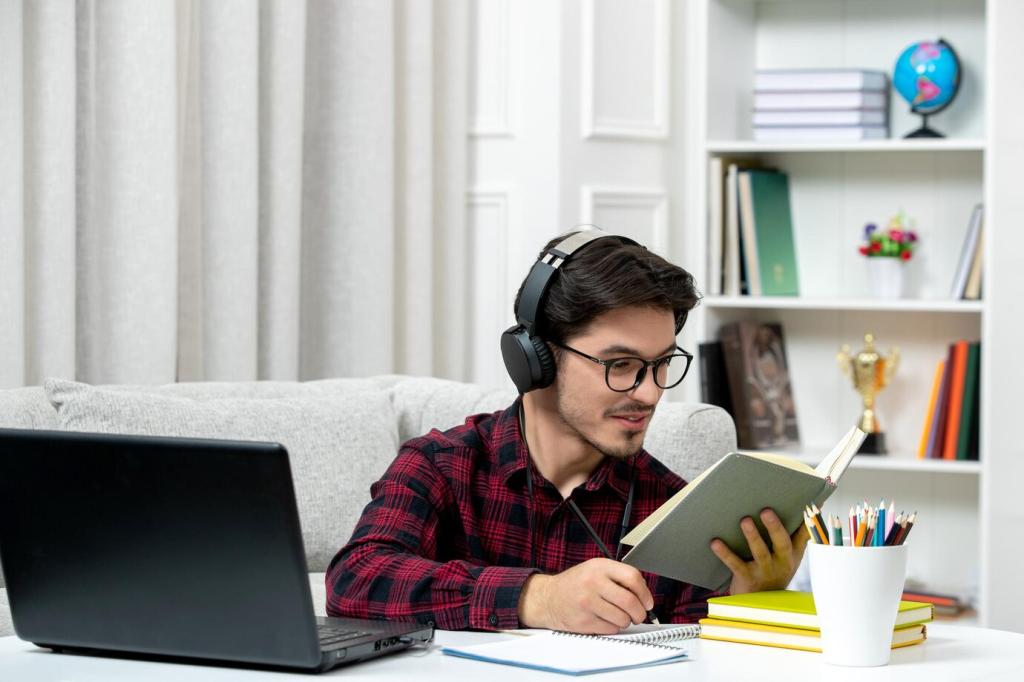
Assessment and Evaluation through VR Technology
Virtual Reality (VR) technology is driving a revolution in educational assessment and evaluation methods. By simulating immersive, interactive environments, VR enables educators and learners to explore new frontiers in testing skills, knowledge, and decision-making under realistic conditions. This web page delves into the transformative impact of VR in assessments, showcasing how it enhances fairness, depth, and individualized learning experiences. Discover how VR technology is setting new standards for measuring competencies and providing actionable feedback in education and training.

Previous slide
Next slide
As learners interact within VR environments, the system collects data on their actions, timing, accuracy, and decision-making processes. These performance metrics are analyzed instantly, producing nuanced reports that go far beyond mere scores. For example, in a science lab simulation, data on how a student sets up an experiment, handles virtual equipment, and responds to unexpected outcomes can be tracked precisely. This granular feedback helps learners understand their strengths and pinpoint specific areas for improvement, making the entire assessment process more transparent and actionable than ever before.

Equitable and Accessible Evaluation
Traditional assessments can be influenced by biases, whether intentional or unconscious, stemming from factors such as language barriers, cultural differences, or varying access to preparatory resources. VR minimizes these effects by enabling standardized, objective evaluation of performance in identical simulated environments. Everyone faces the same tasks and challenges, ensuring that assessments genuinely reflect ability rather than external advantages. By focusing on demonstrated skills within controlled conditions, VR helps promote greater fairness and equality in educational and professional evaluations.

